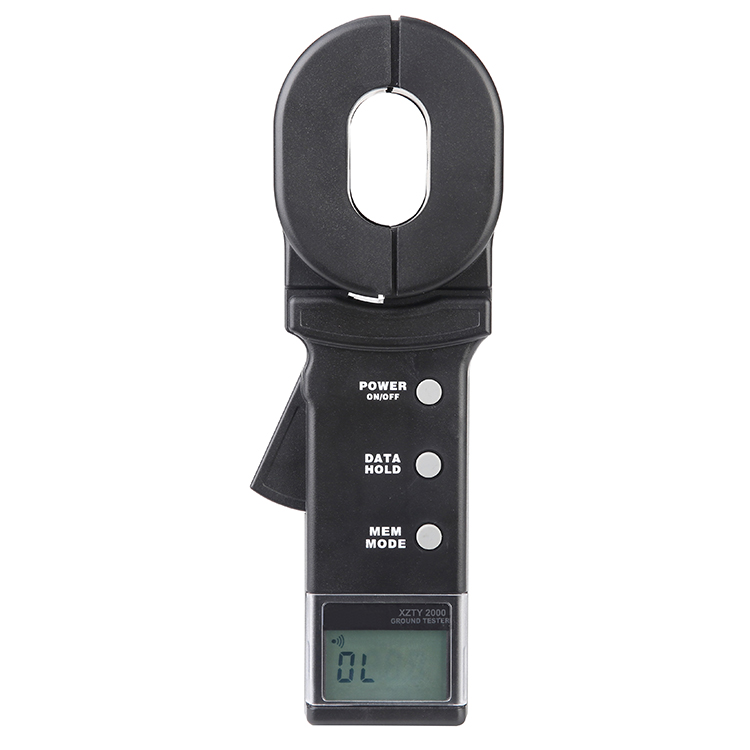English




1. Grounding protection of power system
Substation and transmission lines:
Test the resistance value of grounding electrodes for equipment such as transformers, lightning arresters, and iron towers to ensure that lightning strikes or fault currents can be safely introduced into the ground, avoiding equipment damage and electric shock risks.
Distribution network:
Detect the resistance of distribution cabinets, cable branch boxes, and pole grounding bodies to comply with national power grid standards (such as DL/T 475-2017), ensuring the safe operation of low-voltage systems.
2. Building lightning protection and safety grounding
Lightning protection device detection:
Measure the resistance values of lightning rods, down conductors, and grounding grids (usually requiring ≤ 10 Ω) to ensure effective discharge of lightning energy and protect building structures and personnel safety.
Building electrical safety:
Test the grounding continuity of the building's main distribution box, elevators, metal pipes, etc. to prevent fire or electric shock accidents caused by leakage (according to GB 50057 standard).
3. Grounding reliability of industrial equipment
Electrical equipment for production line:
Regularly inspect the grounding terminals of CNC machine tools, frequency converters, large motors, and other equipment to avoid equipment failure caused by static electricity accumulation or poor grounding.
Flammable and explosive places:
In areas such as oil depots and chemical plants, ensure that the grounding resistance of static discharge devices for storage tanks and pipelines is ≤ 4 Ω (in accordance with GB 12158 standard) to prevent explosions caused by static sparks.
4. Communication system and weak current engineering
Grounding of communication base station:
Test the grounding resistance of the tower (usually requiring ≤ 5 Ω) to ensure that the base station equipment is not damaged during lightning strikes and maintain signal transmission stability.
Data Center and Data Center:
Detect server cabinets, shielded computer rooms, and SPD (Surge Protective Devices) grounding to prevent electromagnetic interference and data loss (according to YD 5098 specification).
5. Special scenarios and protective systems
Safety grounding in medical facilities:
In hospital operating rooms, ICUs, and other areas, ensure that the grounding resistance of medical equipment (such as MRI and ECG monitors) is below 1 Ω to avoid microcurrent interference that could endanger the patient's life.
Rail transit grounding:
Test the grounding resistance of subway tracks and signal systems to prevent stray currents from corroding metal structures (refer to TB/T 3233 standard).
6. Key operational points for grounding testing
Test method selection:
Triple pole method (potential drop method): Traditional precise measurement requires the use of an auxiliary grounding electrode.
Clamp meter method: convenient for measuring closed circuit resistance, suitable for scenarios without independent grounding electrodes (such as communication towers).
Environmental factor control:
Avoid the soil saturation period after rain and snow, and increase the frequency of testing during the dry season; Resistance reducing agents need to be used in rocky areas and retested for verification.
Safety regulations:
Disconnect the power supply of the equipment and wear insulated equipment before testing; Avoid operating in thunderstorm weather to prevent the risk of voltage counterattack.
7. Maintenance and Compliance Applications
Preventive maintenance plan:
Develop annual inspection cycles according to industry standards (such as IEEE 81), record historical data comparison trends, and warn of grounding system degradation.
Compliance acceptance and certification:
A grounding resistance test report is required for new construction projects as a necessary document for fire safety acceptance and electrical security inspection (such as NFPA 70).
XZTY2000C Clamp Ground Resistance Meter
